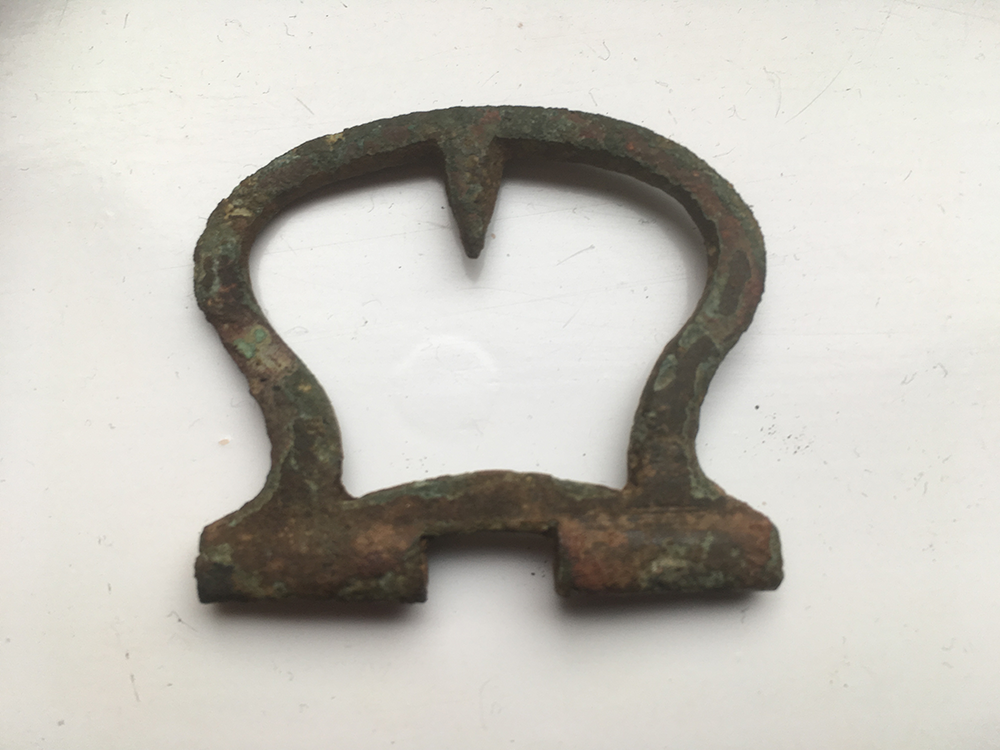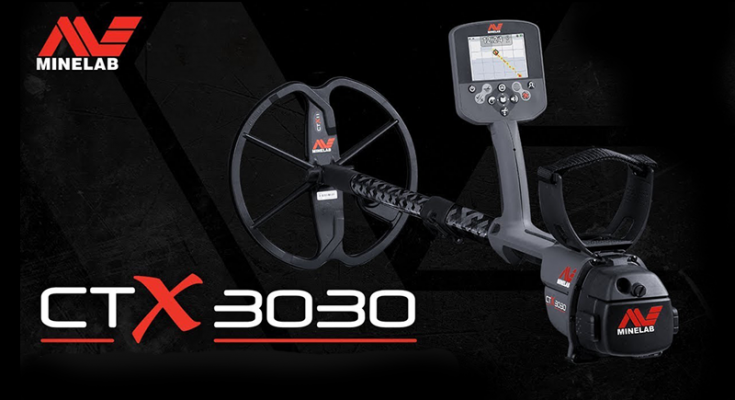It’s a truly miserable day here in the UK, with days of incessant rain meaning no ‘metal detecting adventures’ for myself. With extreme boredom setting in I decided to carry out a series of air tests with the Minelab CTX 3030 measuring ‘depth’ for commonly found items using the standard coil. The tests were carried out with the following settings:
Mode: Coin Mode
Discrimination: Wide Open Screen
Sensitivity: 30
Seawater Mode: On
Target Separation: Low Trash
Tones: Combined
The above settings are typical of what I use while detecting fields, though I normally use a slightly lower sensitivity of around 25-29.
You might ask why bother to do an air test with the CTX? Many detectorists argue that air tests are basically pointless exercises, and cannot possibly replicate ‘in ground conditions.’ Steven Herschbach a regular contributor to Minelab’s ‘Treasure Talk’ blog states that air tests ‘reveal maximum possible performance under ideal low to no mineral conditions.’ Of course few detectorists will ever encounter ‘ideal low to no mineral conditions’ in real life detecting. However, if you are a detectorist who hunts in low mineral soil or dry white sand, air depth tests can give you a rough idea of what to expect from commonly found objects.
Steve goes on to list benefits of conducting air tests as:
– Air tests will allow you to see what your metal detector cannot do. For example if your detector is struggling to detect a tiny gold nugget in an air test, then it’s going to struggle even more if that nugget is buried in mineralised soil.
– If your detector or the coil is malfunctioning, then conducting an air test can be a very useful part of your investigation.
– Air tests help you familarise yourself with the sounds an target ID’s of common finds.
Steve Herschbach’s full article on air tests can be found at:
https://www.minelab.com/usa/go-minelabbing/treasure-talk/detector-air-tests-what-are-they-useful-for
CTX 3030 ‘Air Test’ Results
Queen Victoria Canadian 5 Cents – 30cm/11.8 inches
1920 British Silver Threepence – 30cm/11.8 inches
1890’s Silver US Dime – 31cm/12.2 inches
2008 American Dime – 32cm/12.6 inches
2006 American Quarter – 32cm/12.6 inches
1915 British Silver Sixpence – 32cm/12.6 inches
2012 British 1 Pence – 32cm/12.6 inches
2013 British 2 Pence – 33cm/13 inches
Large Musket Ball – 34cm/13.3 inches
Adult Silver Ring – 35cm/13.8 inches
Henry Martini ‘3 Ringer’ Bullet – 35cm/13.8 inches
1859 British Silver Shilling – 36cm/14.2 inches
2014 Irish 20 Euro – 36cm/14.2 inches
2000 American Dollar – 36cm/14.2 inches
WW1 General Service Button – 37cm/14.6 inches
Victorian Gothic Silver Florin – 37cm/14.6 inches
1899 British Half Penny – 38cm/15 inches
2008 Irish 2 Euro – 38cm/15 inches
WW1 Cap Badge – 39cm/15.3 inches
1913 British Bronze Penny – 40cm/15.7 inches
Medium Sized Vintage Lead Spinning Top – 40cm/15.7 inches
Vintage Lead Toy Soldier – 42cm/16.5 inches
1600’s Copper Buckle – 44cm/17.3 inches
And the winner is, a late 1600’s shoe buckle which air tested at a whopping 44cm/17.3 inches!


